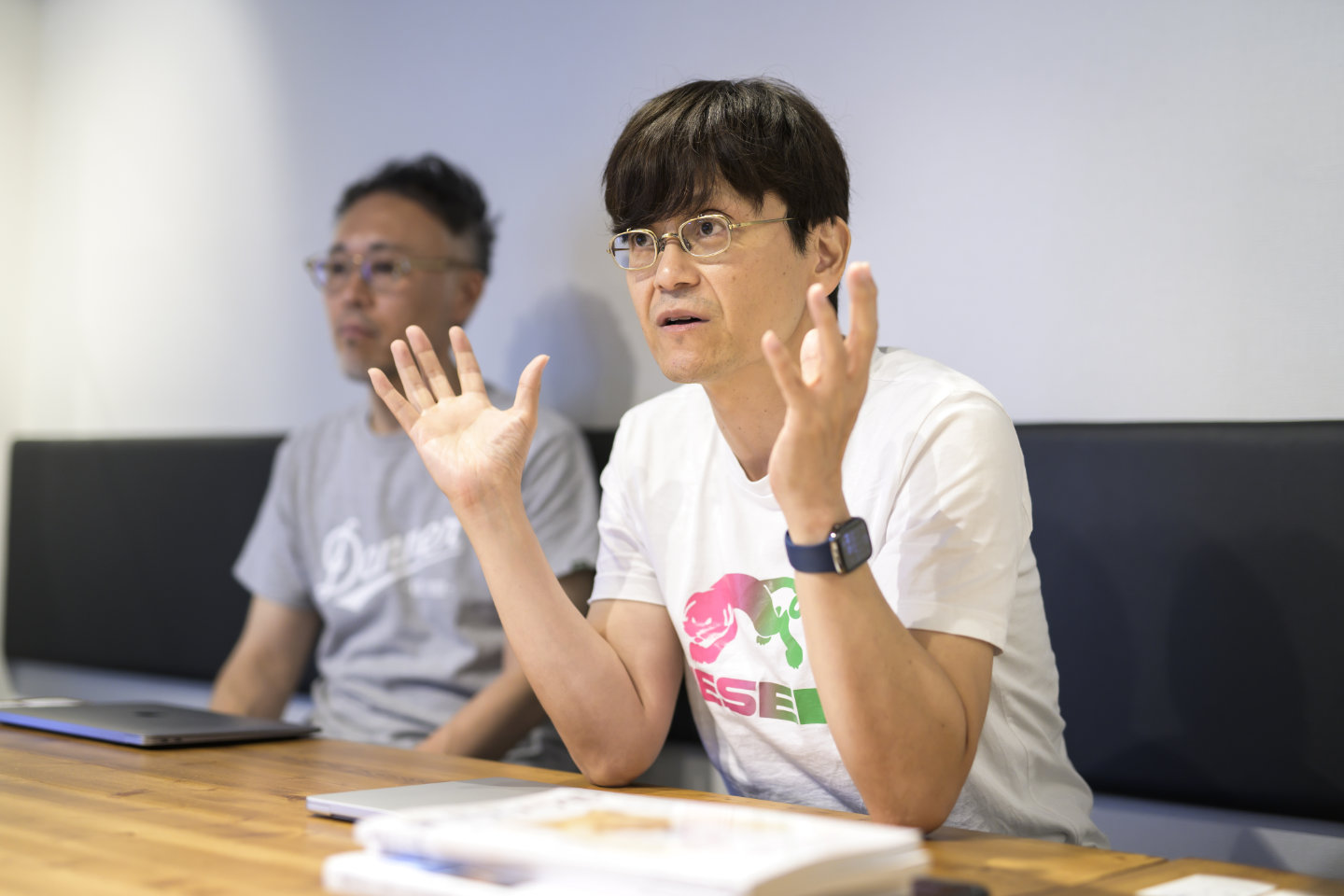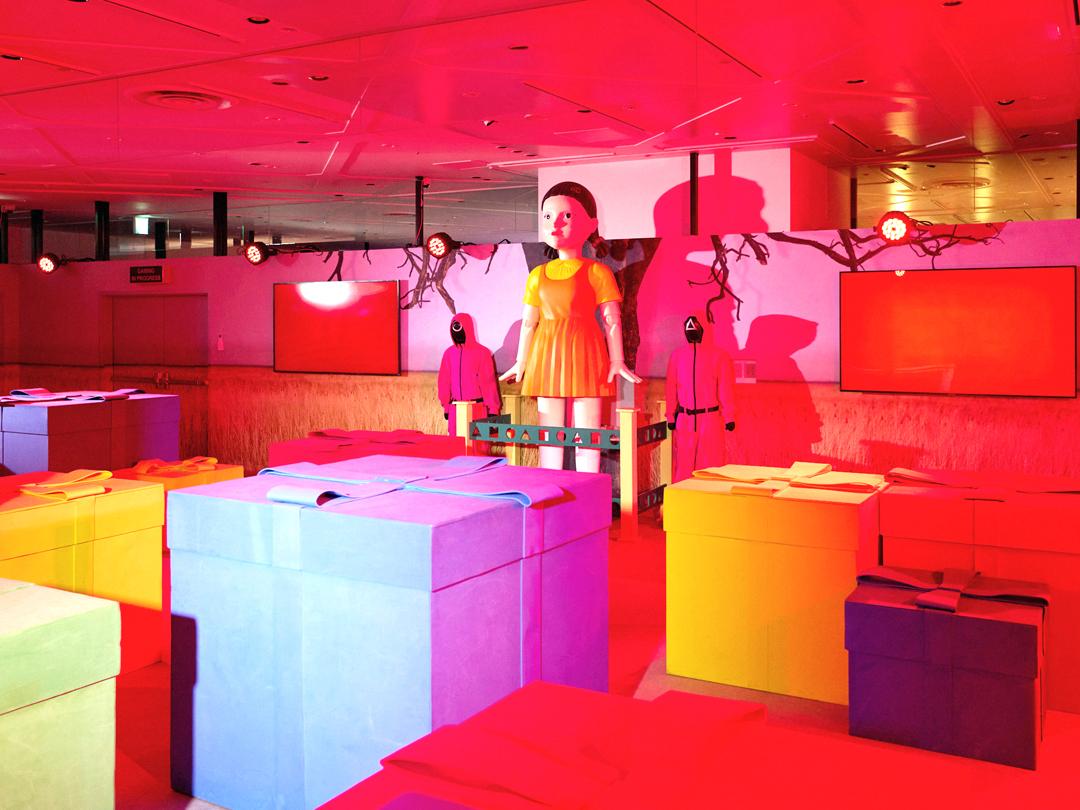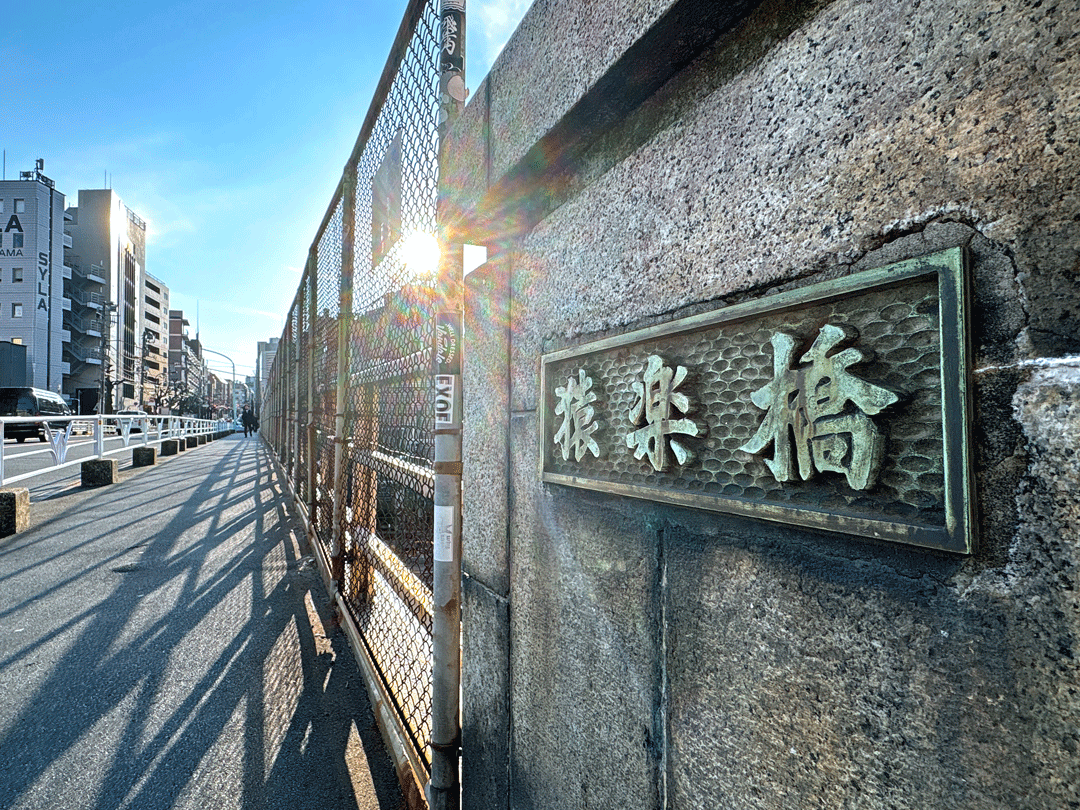SHIBUY.A. × INTERVIEW

President and CEO of Tokyo Camera Club Co., Ltd.
Finding the "emotions" that connect people
We want to increase happiness for people all over the world from Shibuya.
2024-08-16
Born in 1969. After working at the Tokyo Stock Exchange, Kearney (strategic consulting), and Sony (Walkman product planning manager), he went independent in 2007. In 2012, he launched "Tokyo Camera Club," which has grown into one of Japan's largest photo submission sites with a screening system, attracting 5.6 million fans. His publications include "Learning from Masterpieces: How to Look at and Take Photos" (Shoeisha). He graduated from the University of California, Berkeley.
Tokyo Camera Club
When you take a great photo, you naturally want someone to see it. Tokyo Camera Club is a social media photography community that has captured these feelings and gained 5.6 million followers. By capturing and sharing moving moments with a camera, the club hopes to connect people and promote a more tolerant and peaceful world. Tsukasaki Hideo, the CEO of Tokyo Camera Club, founded the club with this idea in mind. The company has been based in Shibuya since its founding, and continues to send positive messages to the world together with other creators.
I want to create a more tolerant world through sharing emotions on social media.
Please tell us what the Tokyo Camera Club aims to achieve.
Tokyo Camera Club is a social media photography community that anyone can freely post their own photos and videos on, and it began operating in 2012. Currently, the total number of followers is about 5.6 million, and about 25,000 works are posted every day, from which we will introduce selected works. Our vision is to "realize a tolerant world by sharing emotions." For example, when you travel, you deepen your understanding of the place and develop tolerance for each other, thinking, "I didn't know there were such wonderful people and such beautiful places," or "I didn't know such things were happening in the world." We will create a place where creators who express such emotions through photography can freely publish their work, and increase the happiness of people all over the world. That is the goal of Tokyo Camera Club.


Left: Photographer: Atsuko Nakayasu (2022 Award Winner), Photo location: 3575 Ieyama, Kawane-cho, Shimada-shi, Shizuoka Prefecture Right: Photographer: szuna (2022 Award Winner), Photo location: 3-33-20 Kaigan, Minato-ku, Tokyo / From the winning entry of the 100 Scenes of Japan Photography <Four Seasons> Photo Contest
What was the background to its launch?
Originally, I was involved in product planning for the Walkman and technical planning for music distribution at Sony. After that, I went independent and started a company that handled promotions using social media such as blogs. However, as the times shifted to smartphones, I noticed that fewer people were actively reading texts, and I predicted that the main way to obtain information would be through SNS, which was becoming more popular at the time. What humans love most is other people, and there is no other content that is more attractive than SNS, which creates connections between people. Furthermore, in blog promotions, the number of pageviews increased when the photos were good, so I shifted my business to promotional activities for companies and local governments using image-based SNS. I wanted to have my own community as an example of how to disseminate such business activities, so I started Tokyo Camera Club on Facebook, and it attracted 90,000 users in a year, and continued to expand rapidly after that.

Creators wanted more freedom to share their work
What was it that attracted so many users to Tokyo Camera Club?
I think the biggest thing was that it was easy to participate online, but I also think that the freedom to present work in the Japanese photography industry at that time was less than it is now. There were people who thought that the correct answer was to leave the photos as they were developed in the camera, that is, to not make any edits after taking the photos, so-called "take and post," and there was an atmosphere that even a little trimming, let alone PC development processing, would be bashed. There was no such culture overseas, and although there were photo posting sites on the Web, there was a barrier for Japanese creators to participate, due to the language barrier. Then Tokyo Camera Club came along and called for people to share their work more freely and casually, and I think the desire of creators who had always wanted a place to present their work erupted like magma.

Photo: Noriyuki Kajiwara (2022 award winner), Location: Irino, Kuroshio-cho, Hata-gun, Kochi Prefecture / From the winning entry in the 100 Japanese Photos <Four Seasons> photo contest
What kind of people tend to be creators who post photos?
At first, most of the users were general creators, but as the community became more well-known, the number of professionals increased. I'd say that about 30% of users are professional photographers now. The age range of users varies, but most people who use interchangeable lens cameras are in their 30s or older, while younger people seem to take photos casually with smartphones.
In an age of information overload, stories with substance are in demand
Thanks to advances in equipment, it's becoming possible for anyone to take good photos, but what kind of work tends to be highly praised by the Tokyo Camera Club?
One is new works. It's interesting to see the difference between generations here. Creators in their 50s and 60s who know film cameras tend to prefer works with high saturation and contrast that look very digital. On the other hand, the younger generation prefers film-like works, deliberately using old conditioners or iPhones from a few generations ago to make the images a little out of focus. For people of our generation, we tend to think, "It's out of focus, isn't it?" or "There's a lot of noise...", but the unfamiliar images are probably refreshing.
Works that tell a story also tend to be highly rated. In the past, when it came to landscape photography, it was thought that it was a no-no if people or power lines were in the picture. However, today, we are literally bombarded with a huge number of photos through social media. Young people in particular often look at around 1,000 photos a day and have very discerning eyes. This is why people don't just like beautiful photos, but rather prefer works that give meaning to them or tell a story behind them. This also applies to videos, and since today's younger generation watches an incredible number of videos, the level of video production has improved dramatically.

Recently, advances in generative AI and other technologies have changed the way we perceive artworks. What are your thoughts on this?
The great value of photographic works that generative AI does not have is that they have real subjects. As technology advances, it will become impossible to tell whether an image was generated by generative AI or not, but I believe that there is great value in photographs that have real subjects and that you can visit the place and see the real thing with your own eyes. As for processing part of a work, I believe that there will be value in the same way as long as it does not damage the connection to reality. To use an analogy, you can hardly tell whether food is organic or not by comparing the taste of different ingredients. But there is still value in being organic. It's similar to that.
Shibuya is a cultural epicenter. Trends are communicated in real time.
The "Tokyo Camera Club 2024 Photo Exhibition: With This World" will be held at Shibuya Hikarie from September 20th to 23rd, 2024. What is your aim in holding a photo exhibition every year?
After all, humans love humans, so I think the desire to meet people in real life will always remain. YouTubers and VTubers are not limited to online activities, but also hold offline meetups and interact with their fans in real life, right? The purpose of holding a photo exhibition is to cherish such a place where people can meet. Since advertising agencies, publishers, local government officials, etc. will also visit the venue, we position it as a place to match creators with new clients. As a company, we do not make any profit from photo exhibitions, and we are in the red every time (laughs). This time, we plan to enrich the content by placing value on "experience" compared to previous years. In addition to talk events, we would like to provide a place for participants to interact closely with each other at seminars, take photos and print, and experience and interact in a way that cannot be done online.

The "Tokyo Camera Club 2023 Photo Exhibition" held at Shibuya Hikarie in September 2023
Please tell us why you are based in Shibuya.
Since I was in elementary and junior high school, I used to watch movies at Tokyu in Shibuya, and even after high school, Shibuya was my playground. With that experience as my starting point, I strongly believe that Shibuya is a cultural hub, so when we started the company, we had an office in Dogenzaka, but now we've moved to Harajuku. Being in this town, you can get a real-time update on trends such as what's happening among young people and how popular inbound tourism is. If you're in Shibuya, where TV comes to cover things, once you've been featured on TV, that information is already outdated. With that in mind, the company is based in Shibuya, and our photo exhibitions are held at Shibuya Hikarie.
I think Shibuya is also an attractive photo spot. When you get down to photography, it all comes down to light and shadow, and in that respect, the lighting in Shibuya is really interesting. For example, Meiji Dori runs north-south, so light comes in from the east and west, and the look changes dramatically depending on the time of day. Furthermore, the number of glass-fronted skyscrapers has increased recently, and the sight of the light reflecting off them is also beautiful.

The office is located in a building near Meiji Dori, which connects Shibuya and Harajuku, where you can "really feel the trends."
Finally, please tell us about your vision for the future.
One thing I want to do is strengthen my video-related efforts. Video is still a little more intimidating than photography, but I want to help more users enjoy video expression and bring hidden talent to the world.
We will continue to pursue the spread of tolerance and peace both at home and abroad. For example, in our regional revitalization projects, we post beautiful photos of the area on the SNS accounts of local governments that we work with, attracting tourists from both inside and outside of Japan. Recently, the world has become increasingly bloated (due to various conflicts). We hope to continue to use creators' works as a catalyst to promote exchanges between people both inside and outside of Japan, and to promote mutual understanding, thereby easing blocs even a little.
--Together in this world. | TOGETHER IN THIS WORLD
Dates: Friday, September 20th, 2024 to Monday, September 23rd, 2024 (National Holiday) 11:00am-8:00pm
*The venue will close at 5pm on the first day, Friday, September 20th.
*The final day, Monday, September 23rd (holiday), will be closed at 6:30pm.
・Venue: Shibuya Hikarie 9F "Hikarie Hall Hall A"
・Exhibition: Approximately 1,123 pieces (planned) including works from the 2023 Top 10
・Fee: Free
・Organizer: Tokyo Camera Club Co., Ltd.
·official:https://tokyocameraclub.com/special/exhibition_2024/
Interview and writing: Ryota Ninomiya / Photography: Osamu Matsuba



